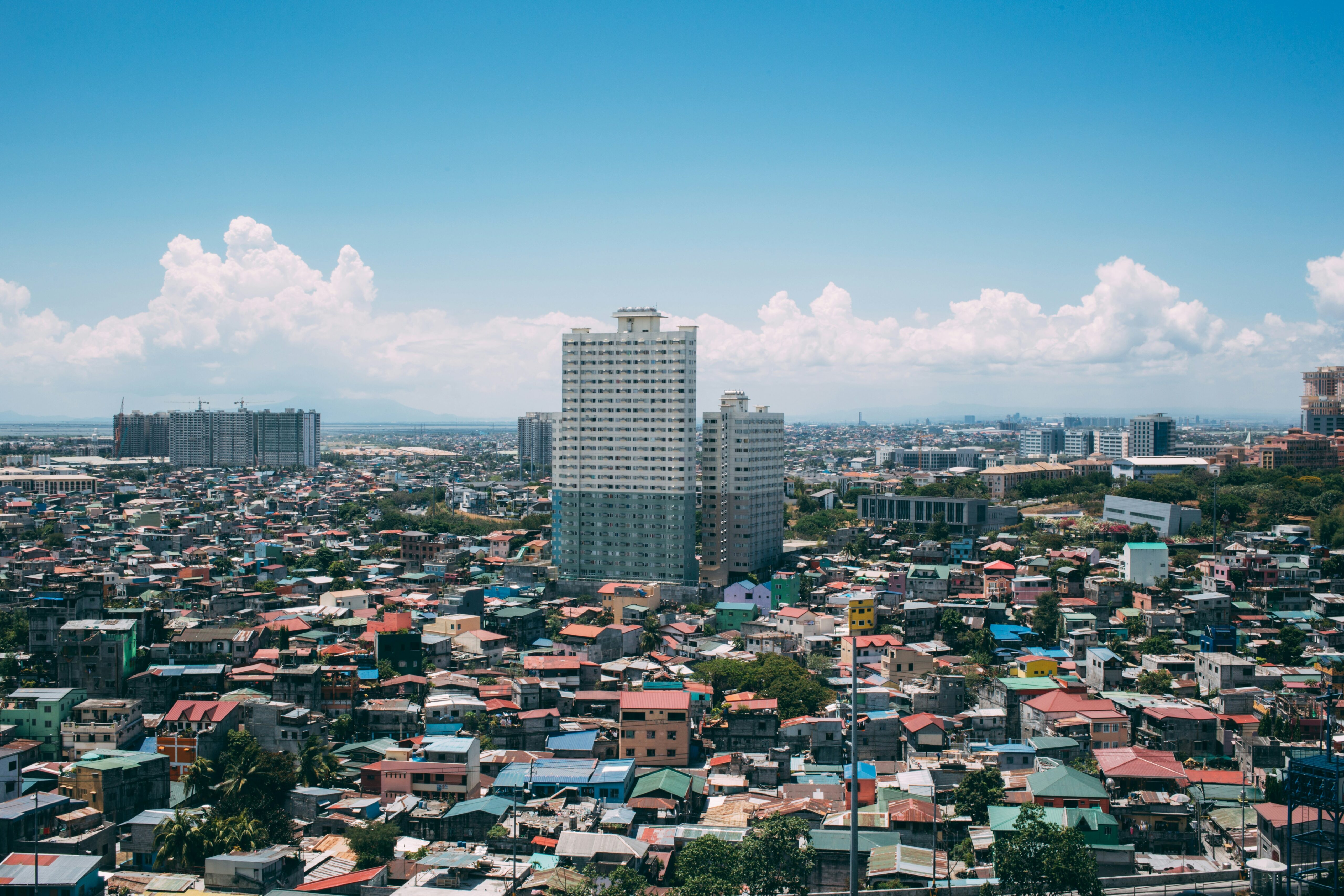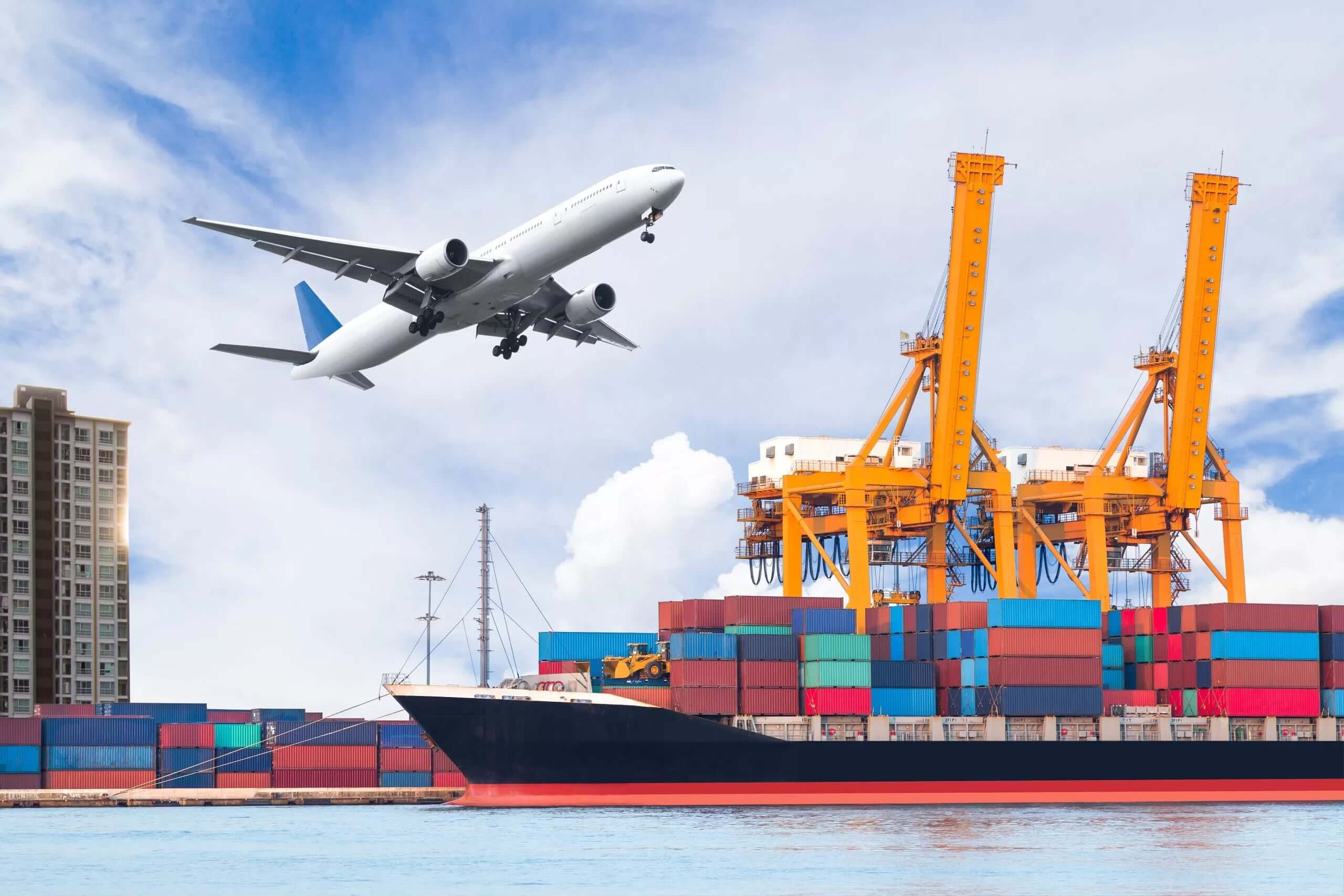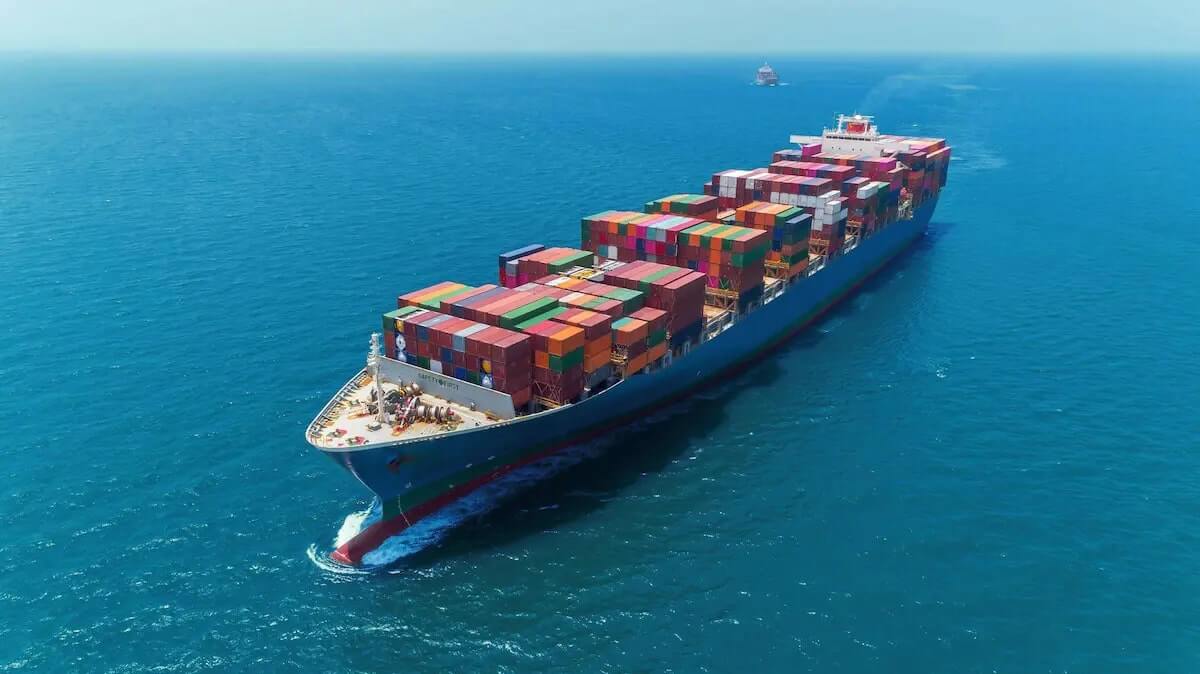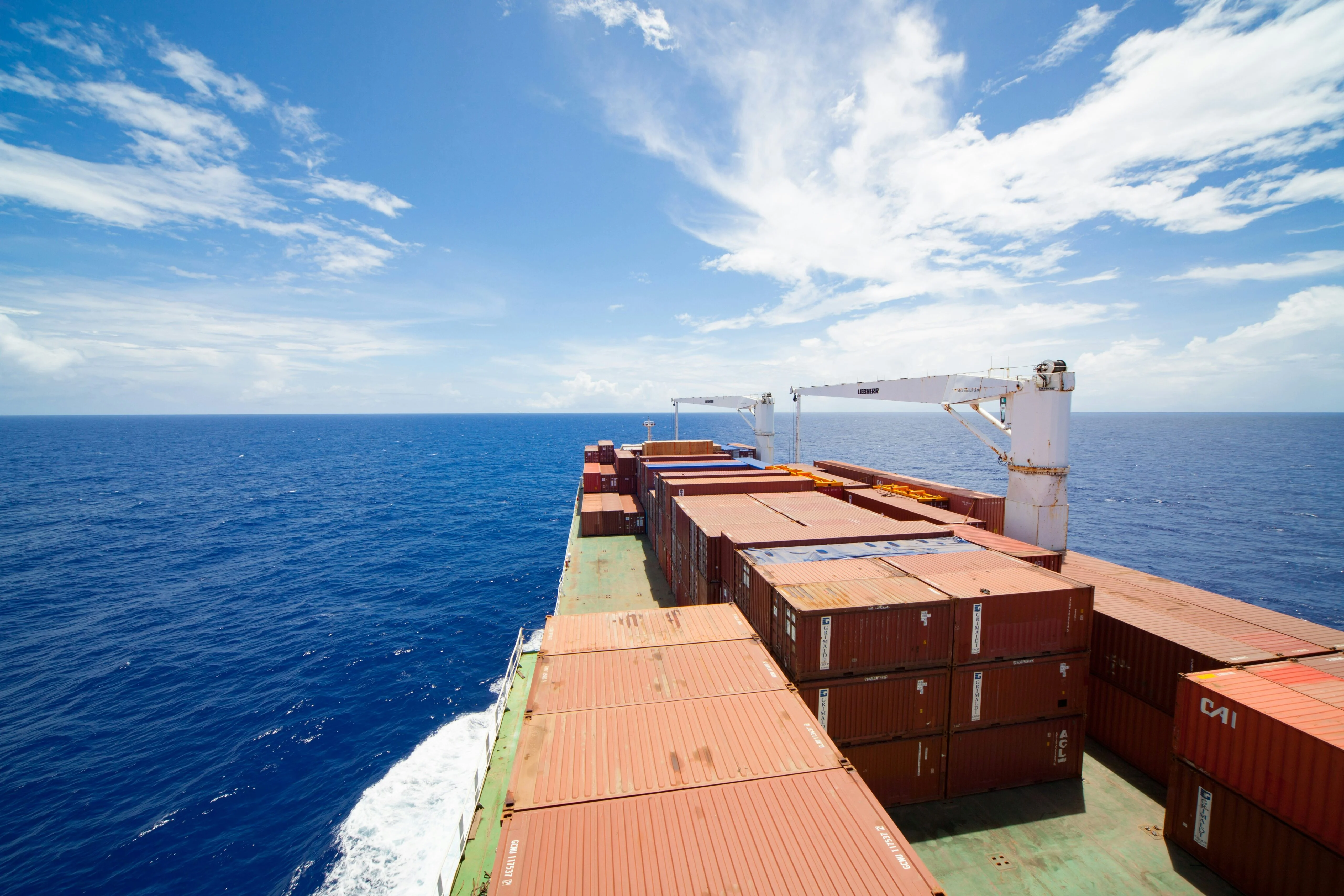Don’t Waste Time — Start Shipping to the Philippines Today
Get your cargo to the Philippines with reliable air and sea freight solutions. We handle everything — from documentation to final delivery — with speed and precision.
Contact UsWe take a bottom-line approach to each project. Our clients consistently, enhanced brand loyalty and new leads thanks to our work.
HQ
235 Fairfield Ave,
West Caldwell, NJ 07006
USA
Shipping freight from the USA to the Philippines requires an understanding of the various shipping options, costs, customs procedures, and legal considerations. This complete guide by RAM International Shipping will help streamline the process, covering everything from shipping methods to major ports in the Philippines. Let us take you through the key points you need to know to ensure a smooth freight shipping experience.

Freight shipping from the USA to the Philippines offers two primary modes of transport: Air Freight and Ocean Freight. Choosing the right method depends on your cargo's size, urgency, and budget.

Air freight is the fastest option, making it ideal for high-value or time-sensitive shipments. Although more expensive than ocean freight, air freight provides quick transit times with a high level of security. RAM International Shipping offers dependable air freight services with flexible scheduling to meet the unique needs of your shipment.

For larger or less time-sensitive shipments, Ocean Freight is often the best choice due to its cost-effectiveness. With ocean freight, you have two options:
Explore more about our ocean freight services to determine the best option based on your shipment’s requirements.

Get your cargo to the Philippines with reliable air and sea freight solutions. We handle everything — from documentation to final delivery — with speed and precision.
Contact UsThe cost of shipping freight from the USA to the Philippines varies based on several factors, such as the chosen transport mode, cargo weight, size, and destination port. To get a precise cost estimate, you can use our freight rate calculator or request a shipping quote tailored to your cargo’s details.
The transit time for shipments to the Philippines can vary considerably based on the shipping method:
To get a more precise transit time estimate, please contact our team with the specifics of your shipment.
Understanding customs clearance is essential for a smooth freight shipping experience. RAM International Shipping provides thorough customs clearance services to ensure your shipment adheres to all regulations in the USA and the Philippines.
In the USA, documents such as a commercial invoice, packing list, and any necessary licenses are required. In the Philippines, customs regulations require the following documents for clearance:
The Philippines has specific rules on items prohibited or restricted for import. Prohibited items include counterfeit currency, illicit drugs, firearms, and certain agricultural products. Restricted items, like plants, animals, and certain chemicals, require special permits.
For detailed information on prohibited and restricted items, please refer to the Philippines Bureau of Customs website to ensure compliance and avoid delays.
The Philippines is home to several strategic ports that serve as primary entry points for international cargo. Here are the main ports where your shipments from the USA may arrive:
Choosing the right port based on your destination in the Philippines can impact transit time and shipping costs, making it an essential planning consideration.

From paperwork to customs clearance and delivery, our experts manage every step of your shipment to the Philippines — smoothly and stress-free.
Contact Us
Several established shipping routes connect the USA and the Philippines, each with specific advantages depending on the cargo type and destination port:
Each route has specific transit times and associated costs, and RAM International Shipping can help you select the most suitable route based on your specific needs.

RAM International Shipping is committed to offering efficient freight forwarding services that simplify the logistics of shipping from the USA to the Philippines. Here’s why businesses and individuals trust us with their shipping needs:
To begin planning your shipment, contact us today for a consultation or to request a quote.